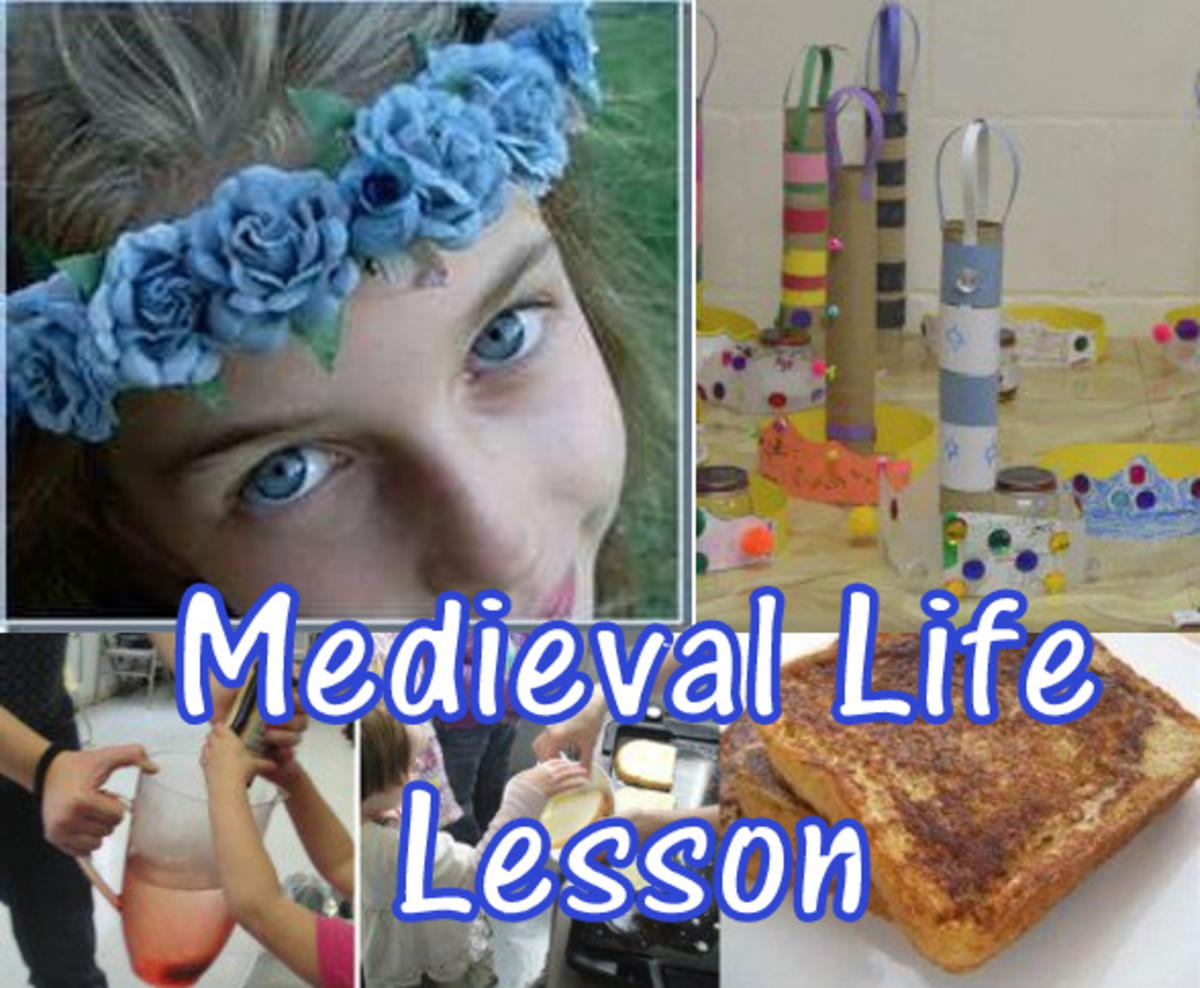Learning Preferences & the Online Learner - Part 2
The conclusion of a 2-part series on the topic of learning preferences.

Types of Learning Preferences
The phrase "learning preference" implies an inclination of learning something in a particular way. Although learning preferences can be categorized differently — some complex and some rather simple — many preference organizers agree that learners can learn concepts using several methods, however students tend to learn best through their preferred learning style.
Fleming categorizes learning preferences into four basic categories: visual, aural, reading/writing and kinesthetic. His research also shows that while people tend to have one main preference, some people are multi-modal, meaning that they must be exposed to material several times and through several methods to fully comprehend material. The tendency indicates a strength or preference but does not indicate a student is incapable of learning through other methods.
Fleming’s website (VARK: A guide to learning styles) describes the visual learner as one who prefers to view charts and graphs, as opposed to animation and videos. Aural learners appreciate class discussion and lectures. Reading/Writing learners prefer typewritten words and composing their thoughts into essays. Kinesthetic learners learn best when they participate in activities and get their hands into the action.
Interestingly, Rovai and Grooms suggest that a student’s preferred learning style is fixed, and is not dependent upon if the student is in the traditional or online classroom. Teachers should then work to ensure that each learning preference is represented in the coursework.
Since traditional courses allow the student to ask the teacher a question at any time, online teachers should encourage questions, provide examples and provide guidance to help learners succeed easier. Strict structure and encouraging communication beween students and instructor will ensure a deeper connection among students.
While research suggests that students do not need information presented to them strictly in their own learning preferences, they tend to understand it best this way.
Organization and Types of Learning Preferences
Students in a learning environment substantially different from the student’s preferred style are more likely to reject or resist the learning. Thus, forcing students to use only one learning style may likely do more harm than benefit.
Vafa suggests that online learners perform better when the course suits the preferences of the online learner. Curry, as cited in Vafa, notes that course designers should “match the primary mode of an educational delivery to the best information available about the modal learning styles of the intended audience”. Conversely, Block, Parris and Whitely suggest that teachers employ several teaching methods to reinforce material and increase comprehension for all students. Keep in mind that it is generally accepted that when teachers employ several methods it reinforces comprehension and helps student s better retain information.
Based on their study, Rovai and Grooms conclude that despite the tendency for a student to prefer one learning style to another, their findings did “not suggest that online courses should not be designed and facilitated with diverse learning styles in mind. In contrast, online teachers should vary their teaching methods and assignments in an effort to achieve equity in learning for all individuals”.
Course designers should implement learning situations “coherent, meaningful, and purposeful activities” notes Brown, Collins and Duguid, Murphy and Cifuentes further suggest that “small-group discussions, simulation games, project-based work, and collaborative problem-solving activities” help students further develop their critical thinking skills. The issue with classes too constructivist in approach is that it poses problems for students who prefer guidance that is more specific and structure in a class. Participating in more active learning techniques and working with other students in the class enables students to construct new learning techniques and create a more meaningful learning experience. Relating to other students of varied learning preferences and work experiences may pose difficulties for older adult learners who are set in their ways, suggests Murphy and Cifuentes (p. 293). This writer suggests that learning to work with peers of varied preferences enables students to gain a varied perspective, which aids in overall comprehension.
Conclusion
Ultimately, Carson notes that students should not be overtly concerned about classes which do not teach to the students’ preferences, it should encourage the student to study better rather than study more. To enhance learning, this write suggests that students should supplement class reading and course assignments with study techniques that suite their preference. For example, a student with visual preferences might create diagrams based on reading assignments. A student with the aural preference would benefit from recording and listening to class lectures, or participating in class discussion or study groups. A reading/writing preference student might benefit from rewriting notes or reviewing material from the textbook and class notes. Kinesthetic learners learn best by working with samples, applying what they learn to hands-on activities, and engaging in role-play.
References
Block, C., Parris, S., & Whiteley, C. (2008). CPMs: A kinesthetic comprehension strategy. The Reading Teacher, 61(6), 460-470. Retrieved December 10, 2011, from Research Library. doi: 1447827871
Carson, D. (2009). Is style everything? Teaching that achieves its objectives. Cinema Journal, 48(3), 95-101. Retrieved December 1, 2011, from Research Library. doi: 1876730441
Fleming, N. (2006). Teaching and learning styles: VARK strategies. The Digital Print and Copy Centre: New Zealand.
Lim, C. (2004). Engaging learners in online learning environments. TechTrends, 48(4), 16-23. Retrieved December 6, 2011, from Career and Technical Education. doi: 2386159851.
Murphy, K.L. & Cifuentes, L. (2001). Using Web tools, collaborating, and learning online. Distance Education, 22(2), 285-305. doi: 98666700).
Rovai, A., & Grooms, L. (2004). The relationship of personality-based learning style preferences and learning among online graduate students. Journal of Computing in Higher Education, 16(1), 30-47. doi:1975935191
VARK: A guide to learning styles. (2011). The VARK Helpsheets.
Vondracek, M. (2009). Teaching with multiple methods in mind. The Science Teacher, 76(3), 38-41. Retrieved December 13, 2011, from Research Library. doi: 1666278141
Conclusion
Lim (2004) warns that despite careful planning to integrate varied learning styles into the online curriculum, instructors should take care to include information that ensures the learner knows how to learn in the online environment, specifically with regard to how to navigate the online tools. For examples, teachers should give specific directions on how to turn in assignments online, and how to respond to fellow students in discussion boards. Lim further suggests that for clarity, instructors should limit messages to one main idea as to not bog down students with too much information at once (2004, p. 18). While considering student-learning preferences is important, it should not be the only factor in determining teaching methods. Vondracek (2009) reminds teachers that the method should appropriate match the content. Olson (2006) as cited in Vondracek suggest “when students were confronted with instruction outside their preferred learning style, they perceived the task to be more difficult, and worked harder and learned more as a result” (2009, p. 38-39).







